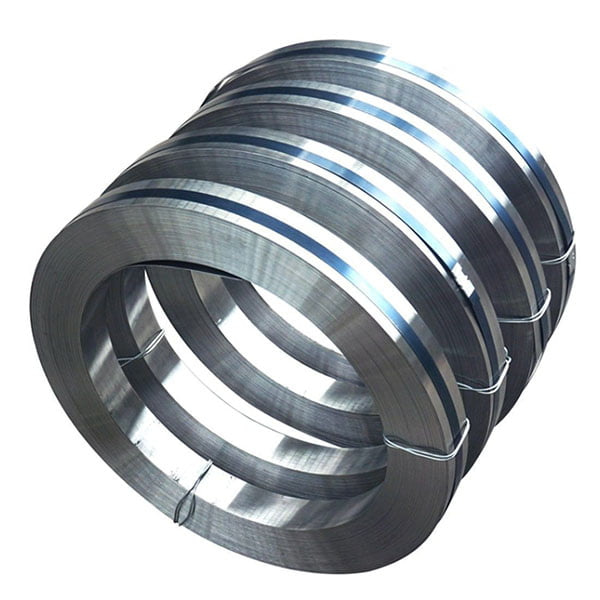Introduction
301 stainless steel is renowned for its excellent corrosion resistance, bright surface finish, and especially, its versatility across a range of temper conditions: 1/4 hard 301 stainless steel, half hard 301 stainless steel, 3/4 hard 301 stainless steel, full hard 301 stainless steel, and spring tempered 301 stainless steel. These conditions are specifically engineered to fulfill the diverse strength demands that various applications of 301 stainless steel may require.
One of the key features of 301 stainless steel is its high work hardening rate, which significantly increases the yield strength and tensile strength with each addition of cold work. This aspect highlights the critical role of the tempering process in the production of stainless steel.
Tempering is a process where stainless steel is heated to a meticulously controlled temperature below its critical point, conducted in open air or a vacuum environment. It’s important to understand that the different temper conditions of 301 stainless steel mainly arise from cold working processes rather than heat treatment. This distinction is crucial for obtaining the specific mechanical properties and strength required for various industrial and decorative uses.
Let’s proceed to examine the specific characteristics and applications of each temper condition, starting with the 1/4 hard 301 stainless steel and moving through to the spring tempered variant.



